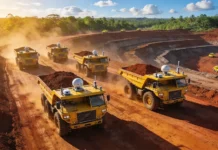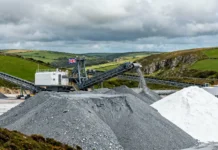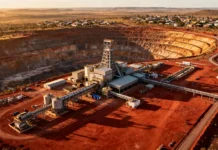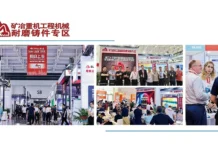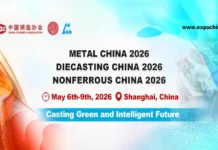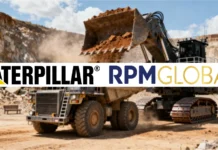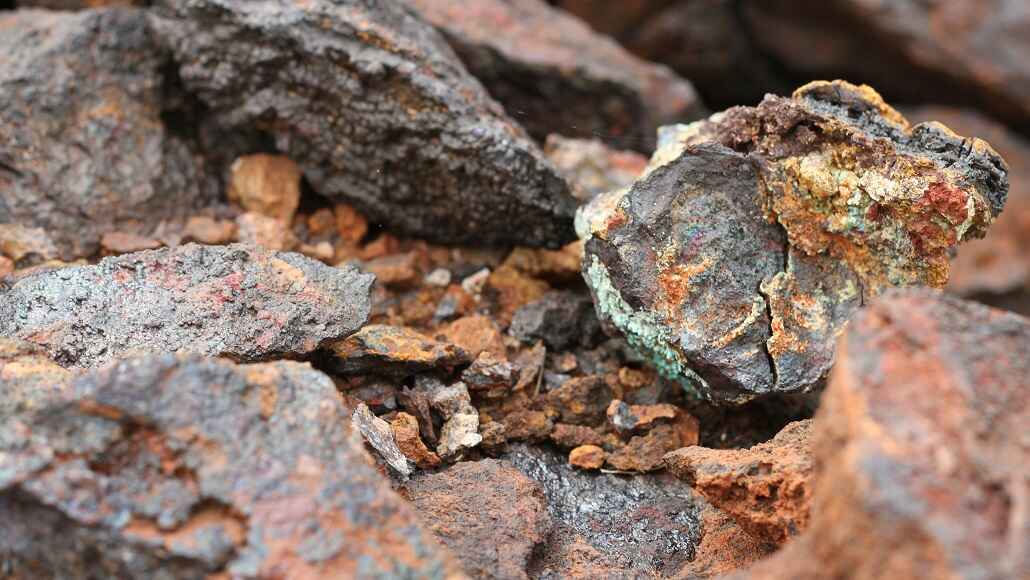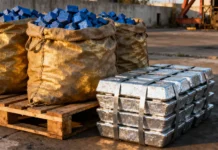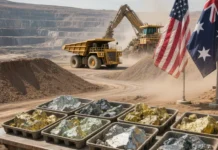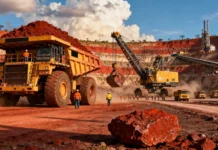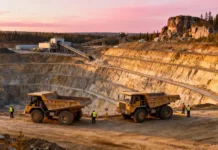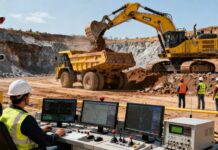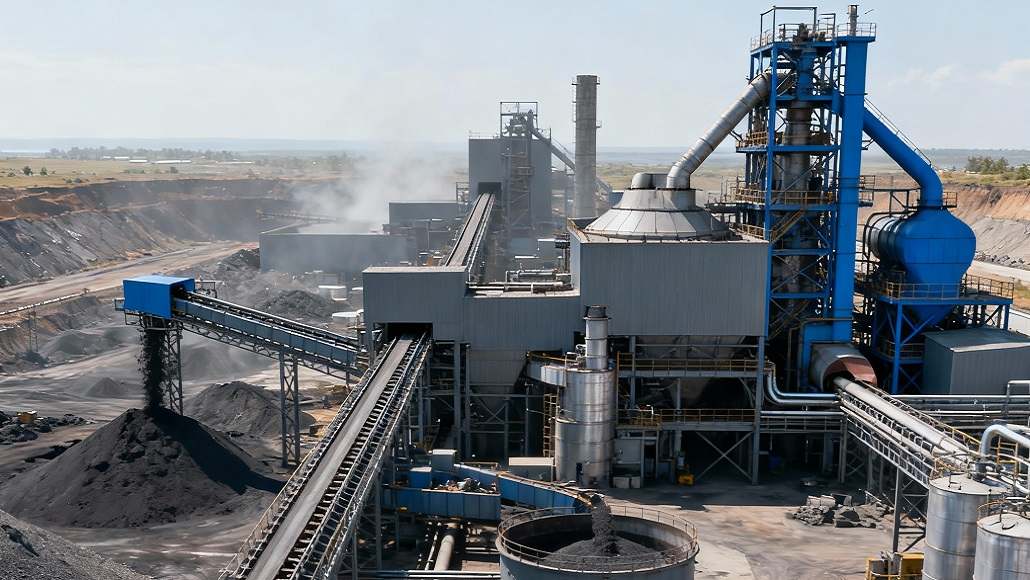Beyond Extraction: Redefining Resource Value Through Industrial Innovation
For generations, mining has been understood through a singular lens: the extraction of raw minerals and basic commodity concentration. In this traditional model, mining companies extracted ore, processed it into concentrates, and sold these commodities to downstream industries for further refinement. This framework worked adequately when markets demanded straightforward commodity supply. Today, this perspective increasingly limits both profitability and relevance in an economy demanding more sophisticated value creation.
Forward-thinking mining companies are redefining resource value in mining through comprehensive industrial innovation, positioning themselves not simply as extractors but as sophisticated material solution providers. This transformation extends from geological assessment through manufacturing partnerships, creating integrated value chains where mining operations collaborate directly with end-users and develop tailored products rather than undifferentiated commodities.
The Commodity Trap and Its Limitations
Traditional mining operated within clear market structures. Mining companies extracted ore and produced concentrates sold into established commodity markets where prices fluctuated based on supply-demand dynamics but products remained largely standardized. A copper concentrate from one producer differed minimally from another’s; competitive advantage came through lower costs or higher production volumes rather than product differentiation.
This model generated acceptable returns during commodity boom cycles but created vulnerability during downturns. When copper prices declined, mining companies operating within this framework struggled. They could reduce costs but faced margin compression regardless, competing primarily on production volume and operational efficiency. The resource value in mining under this model remained constrained to the commodity price multiplied by production volume. Profitability required either higher commodity prices or lower costs—levers often outside company control.
Innovation as Value Creation Beyond Commodity Markets
Progressive mining companies recognized an alternative pathway: using advanced metallurgy and process integration to capture value previously surrendered to downstream processors. Rather than selling copper concentrate to smelters at standard market rates, some operations now perform smelting themselves or develop strategic partnerships ensuring they capture more of the value chain. Advanced metallurgy enables creating specialized alloys, high-purity materials, or engineered products commanding premium prices compared to commodity versions of equivalent elements.
This strategy fundamentally transforms economics. A mining company producing commodity copper concentrate might capture perhaps 10-15 percent of the final value when end products reach consumers. The same mining company producing specialty copper alloys or engineered materials oriented toward specific applications might capture 25-40 percent of total value. This reallocation doesn’t require larger ore production—it requires capturing more value from identical geological resources through industrial innovation.
Resource Efficiency and Value Maximization
Process integration represents another avenue through which industrial innovation expands resource value in mining. Conventional mineral processing focuses on extracting one primary commodity. Copper mines target copper, iron operations focus on iron ore, and gold mines pursue gold. Valuable byproducts often end up as waste or receive minimal processing.
Integrated processing systems employing advanced metallurgy capture multiple valuable elements from complex ore bodies. A polymetallic deposit containing copper, gold, silver, and molybdenum gets processed through integrated workflows capturing all valuable constituents rather than focusing exclusively on the primary commodity. This multiplies value creation per ton of ore processed.
Technological advances enabling this integration include selective flotation improvements, advanced gravity separation, and sophisticated hydrometallurgical processing. Each represents industrial innovation expanding the practical capability of mining operations to extract and process diverse valuable elements simultaneously. The business result proves compelling: identical ore volumes generate 2-3 times greater value through comprehensive integrated processing compared to traditional single-commodity extraction.
Circular Economy Integration and Secondary Resource Development
Industrial innovation in mining increasingly embraces circular economy principles, transforming historical waste into valuable feedstock. Mine tailings historically represented problematic byproducts requiring containment but generating no revenue. Advanced processing technologies now enable recovering valuable minerals from these tailings streams, generating income while addressing environmental challenges.
This represents genuine resource value creation. Processing historical tailings through advanced mineral separation doesn’t deplete virgin deposits but creates secondary supply sources. Unlike virgin mining requiring significant exploration and extraction investment, tailings reprocessing leverages existing resources already on the mine site. Investment requirements and environmental impacts prove dramatically lower than conventional mining. Industrial innovation enabling this transition includes advanced flotation, magnetic separation refinements, and gravity concentration improvements.
Some mining companies now operate dedicated tailings reprocessing operations as profit centers. These facilities maintain low operational complexity compared to primary mining but generate substantial margins because processing costs remain modest while recovered materials command standard commodity prices. Over time, this secondary resource perspective will likely become standard practice rather than exceptional approach.
Materials Science and Product Development
Progressive mining companies increasingly employ materials scientists and engineers in roles traditionally associated with downstream industries. This shift reflects recognition that industrial innovation in product development creates substantial competitive advantages. Mining companies collaborating directly with manufacturers of end products understand precisely which material properties prove most valuable for specific applications.
This knowledge enables targeting ore processing toward producing materials optimized for high-value applications. Rather than producing commodity copper, specialized copper alloys with enhanced electrical conductivity, corrosion resistance, or mechanical properties command significant premiums. Advanced metallurgy, carefully controlled processing conditions, and sophisticated quality management systems enable this transition from commodity to engineered materials.
The business implications prove substantial. High-purity copper commands approximately 20-30 percent premiums compared to commodity copper. Specialty alloys often command 50-100 percent premiums or higher. Mining operations capturing these value premiums don’t necessarily process larger ore volumes—they simply extract greater value from identical resources through careful optimization.
Strategic Partnerships and Value Chain Integration
Resource efficiency and value creation increasingly demand mining companies develop direct relationships with downstream users and manufacturers. Traditional adversarial commodity trading relationships shift toward collaborative partnerships where mining companies and manufacturers jointly optimize product specifications and processing approaches.
These partnerships enable mining companies to better understand market requirements and develop products precisely matching downstream needs rather than producing generic commodities hoping someone will purchase them. Conversely, manufacturers benefit from direct supplier relationships enabling customization and ensuring supply reliability.
Some progressive mining companies have integrated forward into manufacturing, particularly for battery metals and specialized materials where integrated control enables superior product quality. This vertical integration approach—once nearly universal before commodity markets standardized products—is returning to relevance in specialty materials spaces where customization and quality consistency prove valuable.
Technological Enablers and Innovation Framework
Advanced metallurgy fundamentally depends on sophisticated analytical and process control technologies. X-ray diffraction, electron microscopy, and sophisticated chemical analysis enable understanding ore composition and tailoring processing approaches. Process control systems employing artificial intelligence and machine learning continuously optimize conditions based on incoming ore characteristics and desired product specifications.
These technological foundations enable mining transformation from commodity extraction to engineered material production. But technology alone proves insufficient. Successful companies combine advanced capabilities with organizational structures supporting innovation. Dedicated materials science teams, research partnerships with universities, and continuous investment in process development create organizational capacity for ongoing improvement.
Economic Transformation Through Redefined Resource Value
The financial implications of redefining resource value in mining prove substantial. Mining companies successfully implementing these strategies report improved margins, increased profitability per ore ton processed, and greater resilience to commodity price fluctuations. Rather than competing on production volume alone, these companies compete on product quality, customization capability, and reliability—competitive dimensions enabling stronger pricing power and customer loyalty.
For investors and industry observers, this transformation represents perhaps the most significant evolution in mining since mechanized extraction replaced manual labor. Rather than mining industry growth depending on expanding total ore production, future mining industry value creation increasingly stems from capturing greater value from existing resource bases through industrial innovation and strategic positioning.
The mining companies prospering over the coming decades will likely be those recognizing that the industry’s future transcends simple extraction. Instead, mining operations viewing themselves as materials technology companies—using geological advantages to develop superior engineered materials for sophisticated applications—position themselves for sustained competitive advantage and value creation exceeding what traditional commodity mining can provide.


